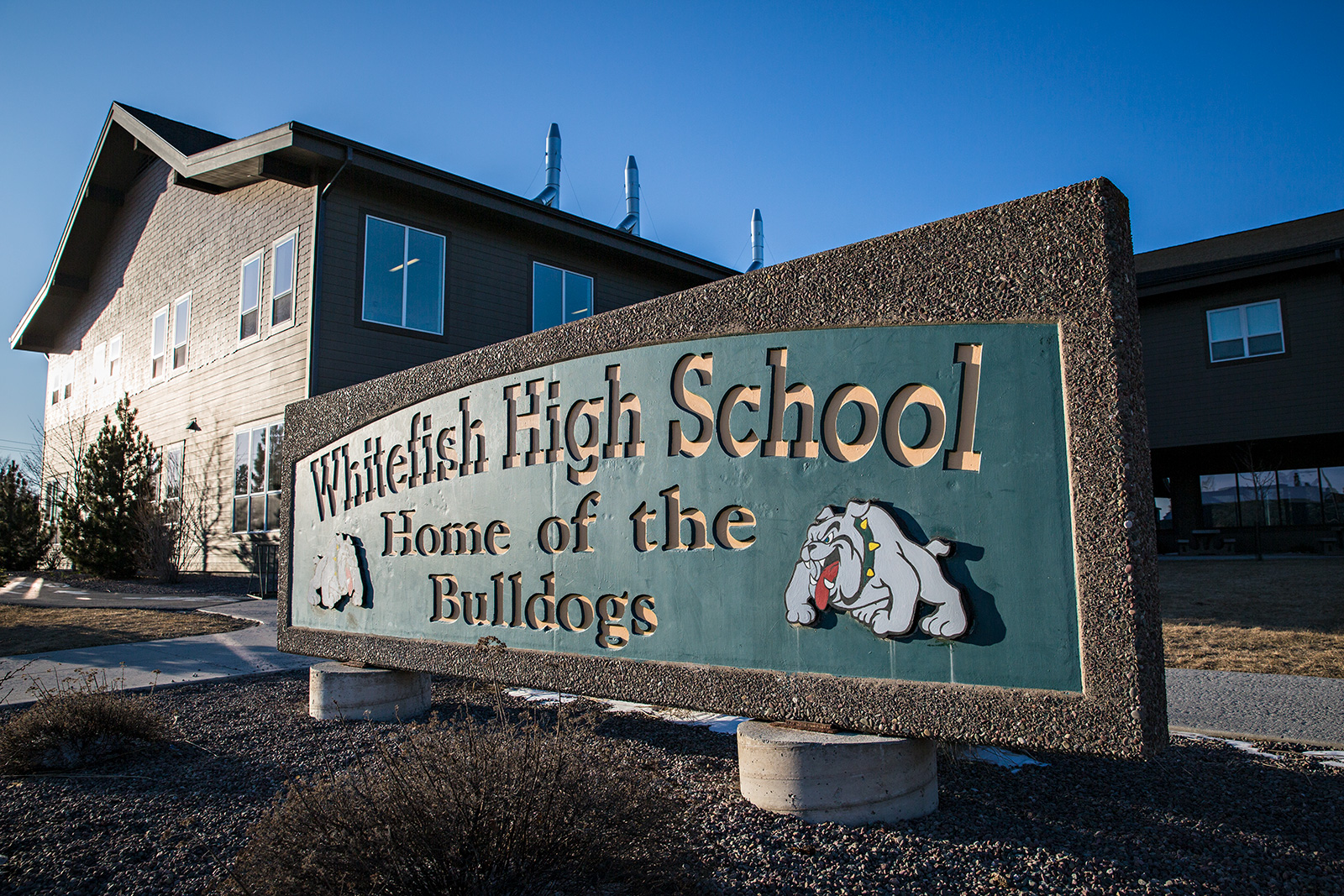Public Provides Feedback on Whitefish School District Strategic Action Plan
The school board’s facilitated workshop allowed attendees to take a survey and assess how Whitefish fosters student learning and growth
By Anusha Mathur
Educators, parents and community members discussed the latest rendition of the Whitefish School District (WSD) Strategic Planning Survey, with consensus among participants about positive academic strides taken since 2019 as well as the lingering gaps in students’ academic preparation and lack of opportunities for parent engagement.
WSD Superintendent Dave Means and WSD Director of Curriculum and Instruction Lisa Bloom facilitated the session and open dialogue Oct. 24 as part of the school board’s K-12 Connect, a quarterly school board workshop to gauge public perspective on school policies.
“It’s nice to be able to come back to this again after Covid to get stakeholders’ input,” Means said to kick-off the work session. “Gather around, discuss various topics, initiatives and get feedback about that program as we move forward.”
In 2019, WSD revised their educational strategy for Whitefish High School, Whitefish Middle School and Muldown Elementary School, identifying three main priorities in new action plans: each student will improve academically each year, the district will use data to drive improvement and schools are safe, inclusive and welcoming.
The 2023 Strategic Planning Survey asks 16 questions to assess how successful WSD has been at achieving its goals. Participants in the recent K-12 Connect School Board Meeting completed the survey individually. They then discussed their answers in small groups, identifying and summarizing collective points of consensus to share with the entire forum. Each group’s comments and perspectives were posted on the wall for all attendees to view at the end of the work session.
“When our students graduate from Whitefish School District, we expect that they’ll master academic content, work collaboratively and independently, think critically to solve complex problems, communicate effectively, engage in self-directed learning and develop a growth mindset,” Bloom said. “Those action plans are how each school carries out this strategy.”
The survey-takers were shown statements, like “WSD maintains high expectations for students and staff” and “WSD prepares students with the knowledge and skills to enter a university, community college, post-secondary technical training, military, or enter the workforce.” They responded to these questions on a six-point scale of strongly agree to strongly disagree.
The first set of questions asked survey respondents to evaluate student knowledge and preparedness for life after high school. Most attendees were positive about the resources provided to staff to improve student performance.
“We agree that students are provided with the instruction and support to achieve academic progress each year,” a representative of one small group said during the open discussion. “Some people noticed that sometimes there are some holes, that’s why we didn’t strongly agree. We wonder if that’s still because of Covid, that certain skills might be missing.”
The second set of questions focused on the school board’s extra-curricular offerings and how schools facilitate teamwork. One group identified question number seven – “WSD provides sufficient options for work-based learning, apprenticeships and career technical training/certificates” – as a point of weakness.
“I marked ‘unsure’ and a few of us did,” one attendee said. “I think the takeaway from that one is that I, as a parent, have not seen what the school district can provide regarding certifications and qualifications. It sounds like we’re doing a great job, but we could do a better job of advertising that.”
The final set of questions focused on student resilience and how schools support students, staff and teachers outside the academic sphere. Most participants agreed that Whitefish schools are welcoming to students, but that there should be more engagement with the parent community to foster supportive environments.
“We feel like we need to do more for parents to have opportunities to learn,” a Whitefish High School teacher said, summarizing her small group discussion. “We respond when they reach out, but we need to reach out and provide more opportunities for them to be involved and aware of what’s going on.”
After the gallery walk at the end of the session, one participant said that he noticed that across all the groups, most people did not realize the extent of WSD’s specialized extracurricular options and hopes that the district will build a more collaborative ecosystem between students, educators and parents so that students can take advantage of opportunities.
“As far as intent and expectations from the school district perspective, there was strong agreement that the intent to deliver excellence and the expectation of excellence is certainly there,” an attendee said. “There is commonality around the room for both more options for our students and more simplicity of the options that exist. Certainly, for our table, there was learning about options that we didn’t know about, and I think that’s an opportunity for growth.”
Means concluded the session by emphasizing the value of different perspectives to improving Whitefish students’ education. He encouraged the public to continue giving formal input to the school board by taking the Strategic Planning Survey on the school district website: https://wsd44.org/apps/news/show_news.jsp?REC_ID=877038&id=0